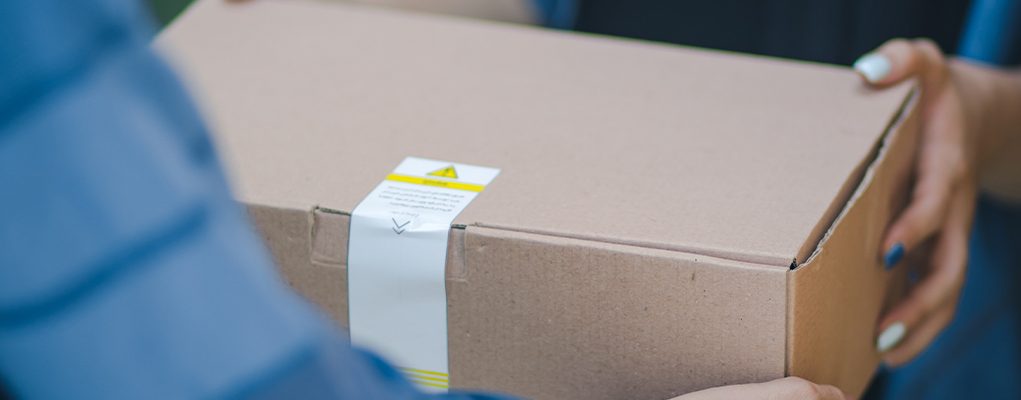According to expanded definitions, nicotine now covers synthetic nicotine and analogs, while “characterizing flavours” include synthetic coolants. A comprehensive list of approved unflavoured products will be created by the attorney general by December 31, 2025, and only listed products will be allowed for sale, even online. State agencies will have the authority to seize non-compliant products and impose fines of $2,000 to $50,000 per item, while local governments will be able to enact stricter rules beyond the state laws.
Naturally, some tobacco control advocates support these regulations. However, others raise concerns about how they could possibly contribute to the expansion of an already well established black market. While bans may be well intentioned, highlight smoking cessation experts, they tend to be ineffective and drive consumers to alternative, often illegal markets. Hence such restrictions could push retailers into risky sales and prompt informal sellers to exploit social media and local marketplaces. As a result, California may also see increased cross-border cigarette smuggling.
Just more of what is already failing
In fact, Proposition 31, which was enacted in California in 2020 banning the sale of flavoured tobacco and vaping products, was proven to be such a failure. State data had indicated a significant rise in online purchases for flavoured cigarettes and vapes following the law’s implementation. While a study published in Tobacco Control shortly after had revealed a striking increase in online search queries for these products, with a 194% rise for cigarettes and a 162% increase for vaping products, exceeding projections.
As a result, the black market for flavoured vaping products has since expanded, creating challenges for California’s authorities and the broader U.S. vaping industry, valued at approximately $7 billion. In response, the U.S. FDA has intensified its efforts, refusing entry to a record number of shipments, with 374 intercepted in 2023 compared to 118 in 2022. However, unauthorized flavoured vaping products remain widely available, with new offerings in U.S. stores rising by 27% since June. Disposable vapes especially, have seen increased demand, generating $3.2 billion in sales during the first 11 months of 2023, suggesting that flavour bans may fall short in achieving public health goals.
Still ignoring science
Meanwhile, other studies have consistently shown that the increase in vaping rates, as well as NP use, has been correlating to a decrease in smoking rates, hence regulations should differentiate between the two products. A recent example is the 2023 Youth Risk Behavior Survey (YRBS) by the New Hampshire Department of Health and Human Services, which tracks various risk behaviors among high school students, and has shown that combustible cigarette use is at record lows.
More specifically, the findings indicated that in 2023, 14.8% of students had ever smoked a cigarette, and only 3.9% reported current smoking, marking a 50% decline in cigarette use from 2017 to 2023. E-cigarette use, while still a concern, has also significantly decreased since its peak in 2019. In 2023, 32.6% of students had tried vaping, with 16.7% reporting current use. Although there was a slight increase in vape use between 2021 and 2023, it remains much lower than in 2019, when nearly half of students had tried vaping. Since 2019, ever-use of e-cigarettes has dropped by 34.5%, and current use has declined by 50.6%.
Despite persistant concerns around youth use, vapes and NPs are recognized as tobacco harm reduction and smoking cessation tools for adults. In 2022, over 76,000 New Hampshire adults were using e-cigarettes, many of whom had quit smoking. These positive YRBS results are in line with findings from countless studies across the globe, and should inform regulations aimed at reducing adult smoking while monitoring youth use.
More Data Indicating The Negative Consequences of Vape Flavour Bans








